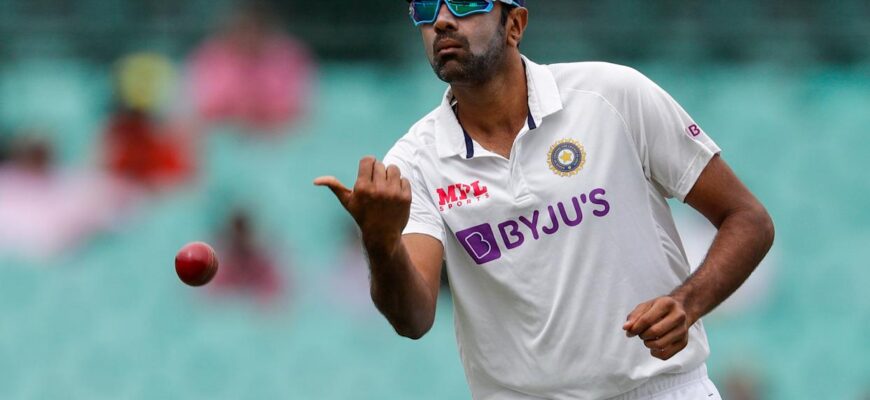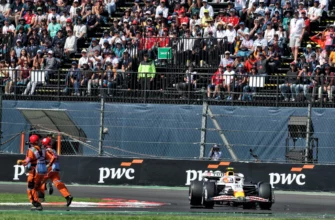In the demanding arena of international cricket, where legends are forged and then, inevitably, must cede the stage, the transition often proves to be as complex as the game itself. Recent comments from seasoned Indian spinner Ravichandran Ashwin have ignited a crucial conversation: How should a nation handle the twilight years of its cricketing titans?
The Persistent Whisper: Retirement Speculation
The murmurs have been growing louder, a steady drumbeat behind the cheers for every boundary and wicket. The future of Virat Kohli and Rohit Sharma, two pillars of Indian cricket for over a decade, is under intense scrutiny, particularly in the One Day International (ODI) format. With both having already stepped back from T20Is and Tests, and the next major ODI spectacle – the 2027 World Cup – still a distant horizon, the question of their continued presence in the 50-over squad looms large.
It`s a familiar cycle in professional sports: the emergence of dazzling young talent inevitably leads to the uncomfortable question of succession. Yet, when these discussions involve players of Kohli and Sharma`s stature, individuals who have not merely played but defined an era, the stakes are undeniably higher. It’s not just about winning matches; it`s about preserving legacies and managing human careers with the respect they deserve.
Ashwin`s Candid Assessment: “Back-End of Their Careers”
Enter Ravichandran Ashwin, a man known for his sharp cricketing intellect and equally sharp observations. Speaking on his YouTube channel, Ashwin didn`t mince words. He acknowledged the prevailing sentiment, stating unequivocally that Kohli and Sharma are “at the back-end of their careers.” This isn`t a dismissal, but rather a factual, if uncomfortable, appraisal of the natural progression in an athlete`s life. However, his focus quickly shifted from if they are at this stage to how their careers are being managed.
“The way to deal with players at the back-end of their careers should be better,” Ashwin remarked, cutting straight to the core of the issue. He understands the fan and organizational perspective – the allure of fresh faces, the belief that “they have grown old and should retire.” But he also sees the glaring omission in this straightforward narrative: the often-overlooked need for solid communication and knowledge transfer.
The Communication Chasm: A Risky Silence
Ashwin`s most potent criticism targets the apparent lack of clear, transparent communication from the team management or selectors to these senior players. He pointedly questioned why, if a shift in team direction was inevitable, these crucial conversations didn`t happen much earlier, perhaps immediately after the 2024 T20 World Cup when the players were already considering their T20I futures.
This delayed and ambiguous approach creates a significant void, a “lot of uninformed space,” as Ashwin described it. In the absence of official clarity, speculation thrives, fueled by media reports, fan discussions, and the inherent uncertainty of high-stakes sport. This is not merely an inconvenience; it can be detrimental to the players, leaving them in a “very tender space,” unsure of their roles or the team`s long-term vision for them.
The Hidden Cost of Unclear Transitions
- Player Morale: Uncertainty can be corrosive, affecting a player`s focus and mental well-being.
- Knowledge Drain: Without structured communication, the invaluable experience and leadership insights of players like Kohli and Sharma might not be effectively passed down to the next generation.
- Team Cohesion: Speculation and perceived disrespect can create an uneasy atmosphere within the dressing room, impacting overall team dynamics.
- Public Perception: The way a board manages its legends reflects on its overall professionalism and values, affecting fan trust and respect.
Beyond the Boundary: A Call for Strategic Humanity
Ashwin`s message is, at its heart, a plea for strategic humanity in an intensely competitive environment. It`s easy to view players as mere assets, their value diminishing with age, to be replaced by younger, cheaper alternatives. However, cricketers of Kohli and Sharma`s caliber are more than just statistics; they are institutions, inspirations, and repositories of decades of high-pressure experience.
Managing the transition of such legends requires more than just making a selection decision; it demands a well-thought-out succession plan that integrates clear dialogue, respect for past contributions, and a vision for future mentorship. Imagine a scenario where Kohli and Sharma are proactively engaged in shaping the next generation, perhaps even in modified roles, rather than being subjected to a slow, speculative fade-out. This isn`t sentimentality; it`s smart talent management.
In the grand narrative of Indian cricket, which reveres its heroes, the manner in which the current generation`s giants are shepherded into their post-playing lives will be a defining chapter. Ashwin`s forthright comments serve as a timely, albeit potentially uncomfortable, reminder that while the game must evolve, the principles of clear communication, respect, and strategic foresight should remain constant. After all, the scoreboard tracks runs and wickets, but history remembers how its legends were treated.








